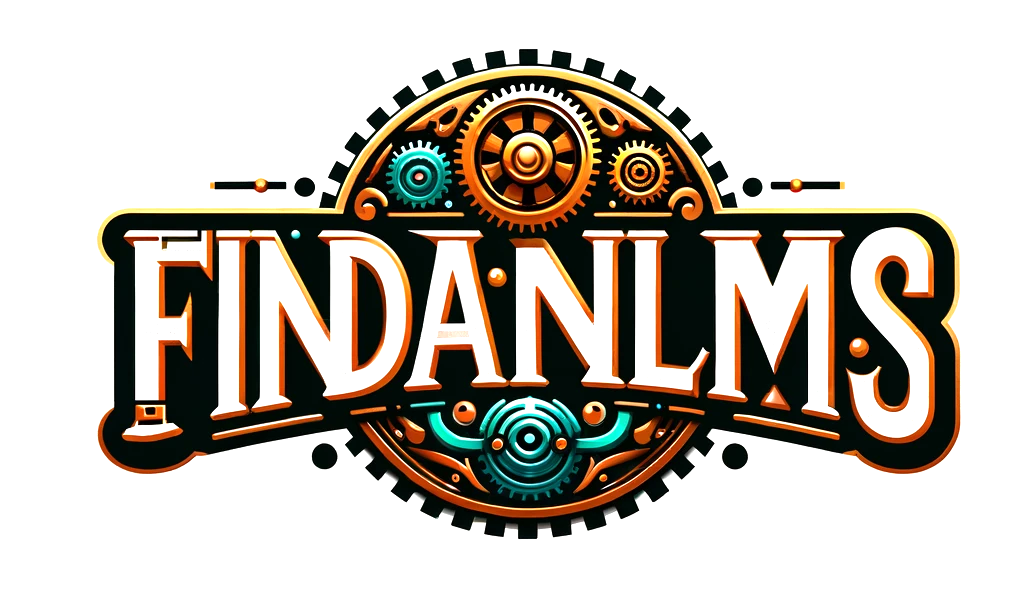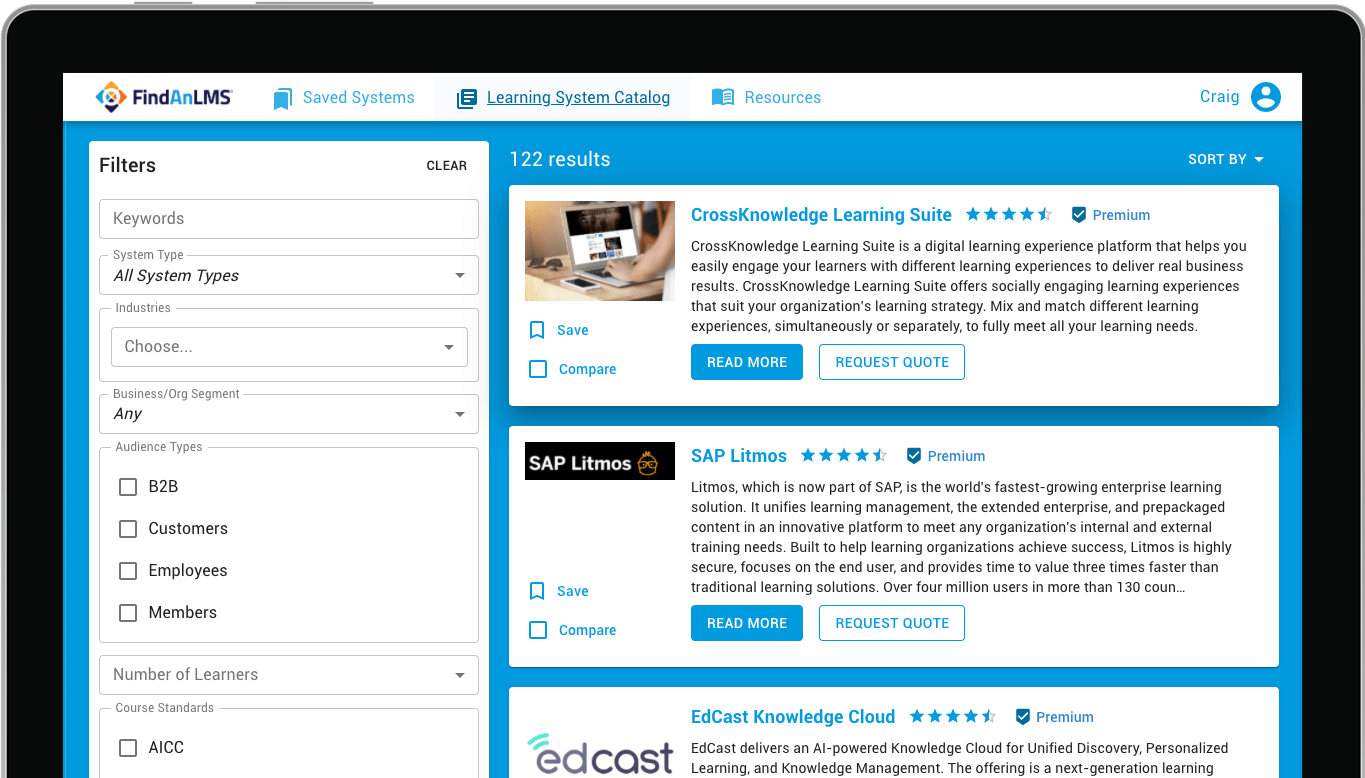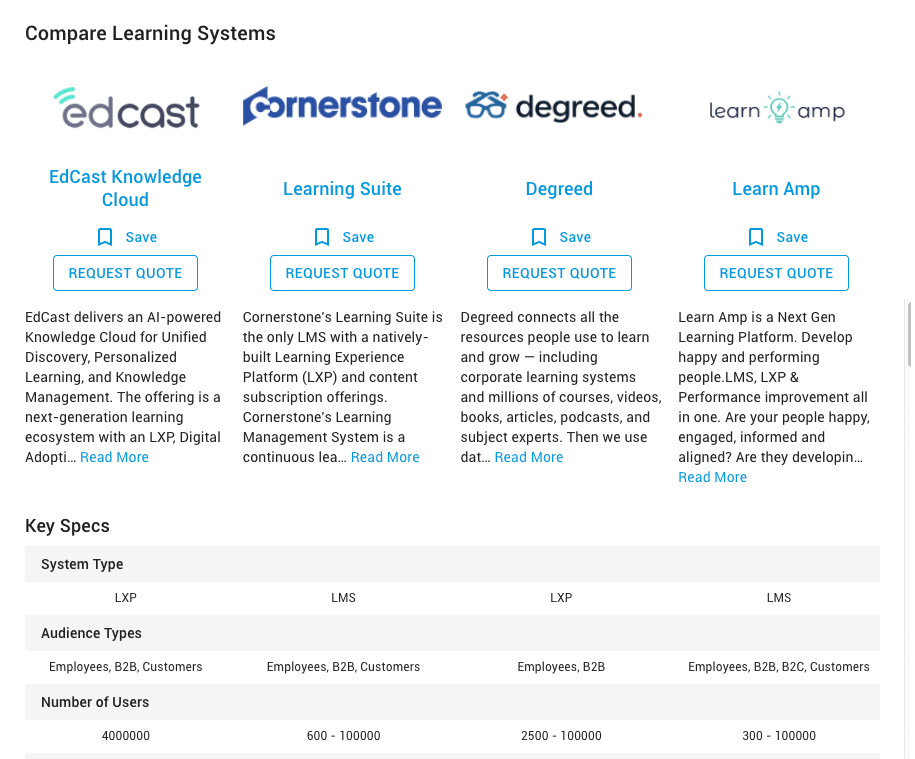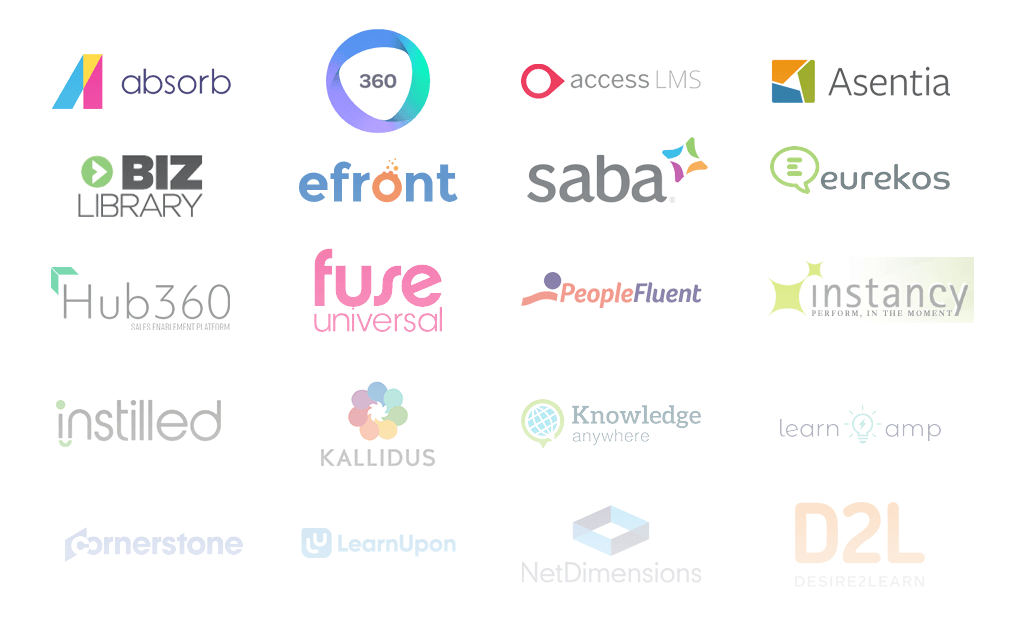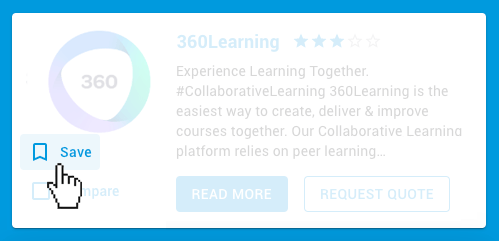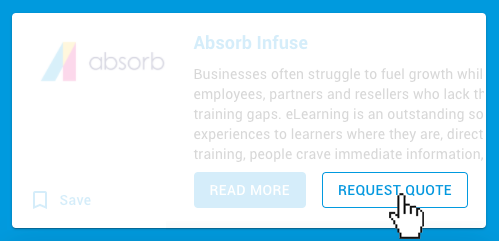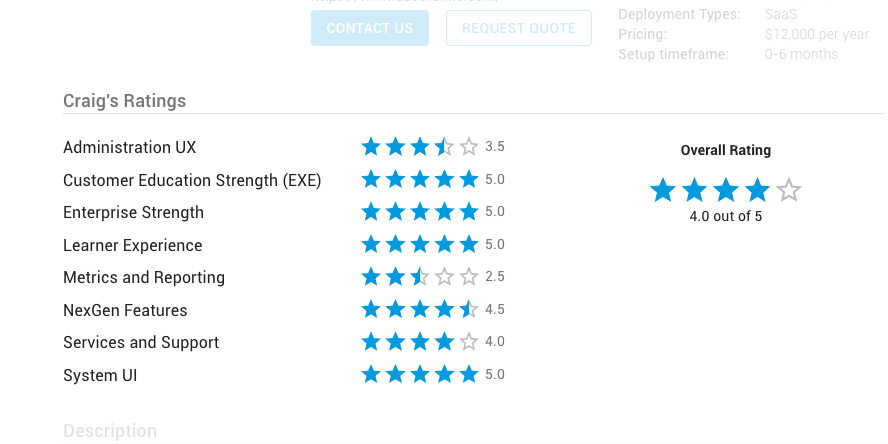If your organization is in the market for an e-learning platform, you’ve probably encountered an alphabet soup of acronyms by now. The LMS, or learning management system, is the core online learning platform that everything else is compared to. Talent development platforms (or TDPs) differentiate themselves through functionality that the average LMS doesn’t offer. The LXP, or learning experience platform, is more confusing. They often talk about improving the “learner experience” (whatever that means) while adding features that are more associated with LMS solutions. LMS vendors exacerbate the problem by adding traditional LXP features to their systems or via add-ons, blurring the line between them further.
Today, many people use the terms LMS and LXP interchangeably even though they are not supposed to mean the same thing. This post will help you understand what the LXP was originally supposed to be and how it evolved into something nearly indistinguishable from an LMS.
If you’re just trying to find the best system for your needs, you would probably prefer to avoid the ambiguity and focus on your organization. Industry veteran Craig Weiss can help you do that. Weiss is the founder, CEO, and Lead Analyst for the Craig Weiss Group, one of the most influential organizations in the e-learning space. He also provides exclusive insights on FindAnLMS.com to help regular people like you find the best learning system for your needs. You can create a free account on FindAnLMS.com today to start comparing top platforms head-to-head.
The First LXP Solutions
When the LXP first arrived on the scene, they were presented as modern, learner-first platforms designed to encourage learners to create their own path toward personal and professional development. They offered a sleek UX (or user experience) featuring playlists of recommended courses presented in a Netflix-style grid. Courses were informal, contrasted with the compliance focus of LMS solutions. The goal was to appeal to learning and development professionals tired of mandatory training on an LMS.
There were several problems with this differentiation though. First, LMS vendors never specifically targeted the compliance market and many systems weren’t capable of serving it. Second, most LXPs lacked features such as classroom management, admin functionality, and reporting because they were designed to integrate into an existing LMS. At the same time, LMS vendors were already offering features like playlists and intuitive UI that were supposed to differentiate the LXP. L&D professionals ultimately requested LMS features of LXP vendors to create a standalone solution for all of their training needs, beginning the assimilation process.
The Modern LXP
Craig Weiss sees two key differentiators that separate a modern LXP from an LMS. First, an LXP must allow learners to create playlists of courses and share them with others. Second, an LXP must include access to at least 10 fee-based third-party content publishers. Unfortunately, many LMS vendors advertise themselves as having an LXP component without these features, leading to mass consumer confusion. Others offer optional add-ons to turn an LMS into an LXP. For instance, Absorb is an LMS that becomes an LXP with the Infuse add-on.
LXP vendors should also be leaders in skill-building and development features but are generally behind dedicated skill platforms and TDP solutions in this regard. That said, there is a wide range of functionality between LXP solutions. Platforms such as DeGreed and EdCast XP are among the broader industry’s leaders in skill development, while Cornerstone LMS excels at tying specific skills to job roles with its LXP functionality. Others don’t even attempt skill development or do so exceptionally poorly.
Similarly, coaching and mentoring seem like natural extensions of the original learner-first LXP mission but LMS vendors tend to do better in the arena. The entire e-learning industry is struggling with coaching to some degree though, so expect innovation in the space.
A great LXP needs to have other features as well, but they aren’t differentiators from other types of platforms. For example, every e-learning system should have a sleek grid-based interface, security features, mobile capabilities, and powerful reporting tools. Unfortunately, many LXP vendors are still lagging in analytics, lacking the data segmentation that administrators look for in an e-learning system.
Compare e-Learning Systems with FindAnLMS.com
The information provided above should help you understand the difference between an LMS and an LXP, and you might even have an idea of which one best fits the needs of your organization. If not, there’s no need to worry. You can create a free account on FindAnLMS.com and compare leading e-learning systems side-by-side whether you’re looking for an LMS, LXP, TDP, or any other type of learning system.
